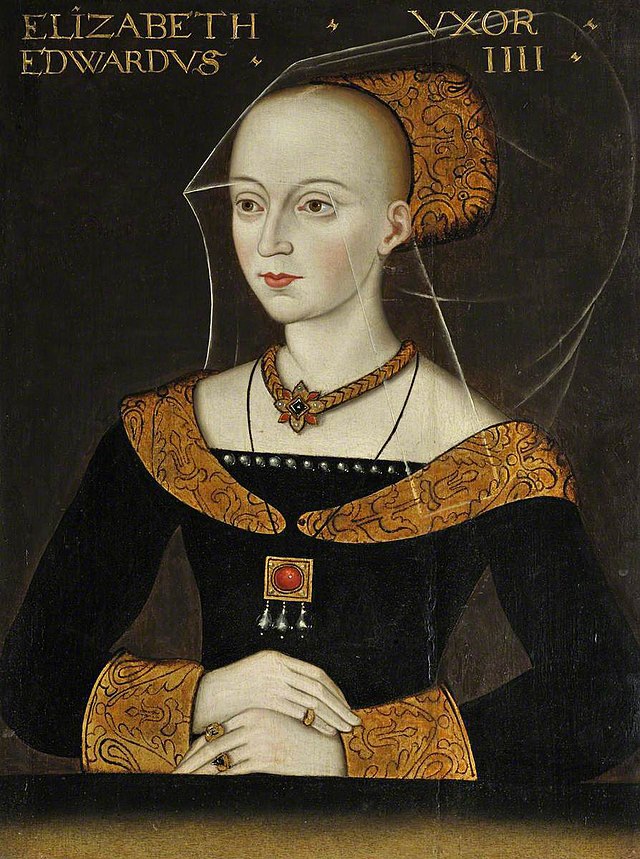In the earliest months of Henry VII’s reign, it looked as if his mother-in-law was going to shine as the female star of the show. Or one of them, at least.
Elizabeth Woodville had been stripped of her status under Richard III. But after Henry Tudor pledged to marry Woodville’s daughter, Elizabeth of York, he won sufficient support to claim the crown. He quickly restored his mother-in-law to the Royal dignity. At the christening of Henry’s first son, Arthur, it was Elizabeth – and not Henry’s own mother – who took pride of place as godmother.
Yet, just months later, Elizabeth Woodville was unceremoniously stripped of her lands and dispatched to live out her days (admittedly in some degree of comfort) in Bermondsey Abbey.
The earliest accounts (written about 20 years after the event) describe this as a punishment. Elizabeth had – some three years earlier – put the Tudor-Woodville alliance in jeopardy by seemingly reconciling with mutual enemy, Richard III. Many query how credible an explanation this is. Why restore someone to riches only to tear them down again later?
Some argue that Elizabeth was involved in a bubbling conspiracy to bring down the Tudors, which seems unlikely. Others suggest that Elizabeth was targeted by Henry’s mother, Margaret Beaufort, who resented yielding precedence to the dowager Queen. While this is possible, there’s no evidence for such a theory.
It is more likely that Henry’s motivation was financial – as it so often was. But can we dismiss those writing closer to events so causally?
In this video, commentator James Taylor and RHG’s Gareth Streeter explore this strange and subtle downfall. They remind viewers that Elizabeth was hardly a popular figure and that those who had braved exile with Henry Tudor were likely dismayed by the dowager Queen’s actions back in England.
